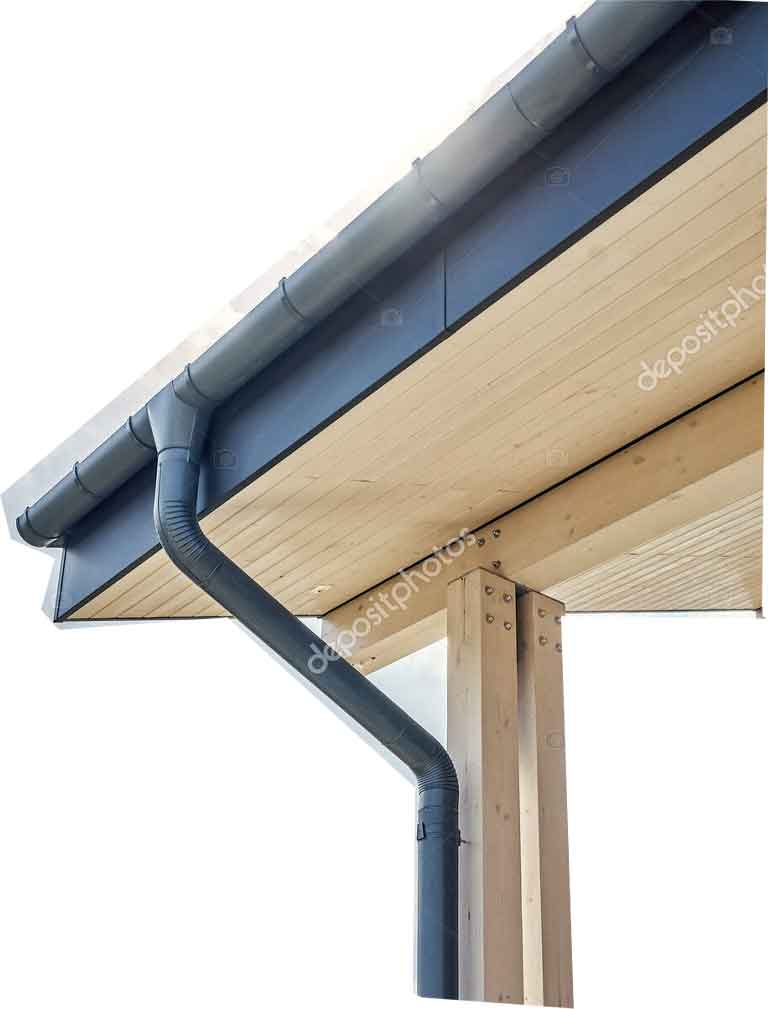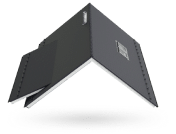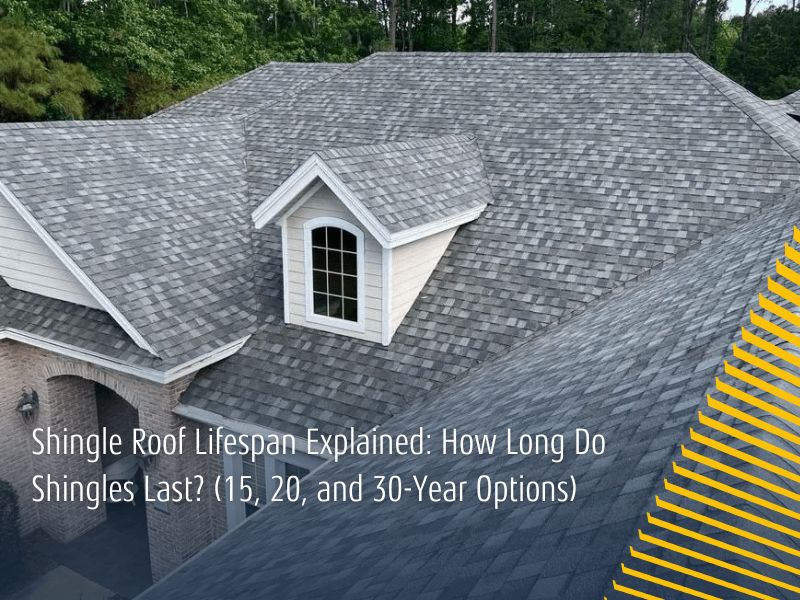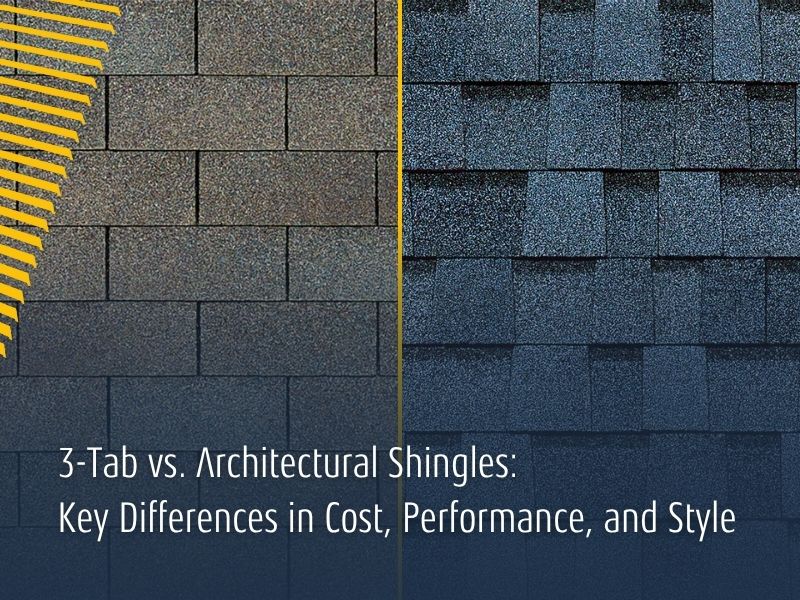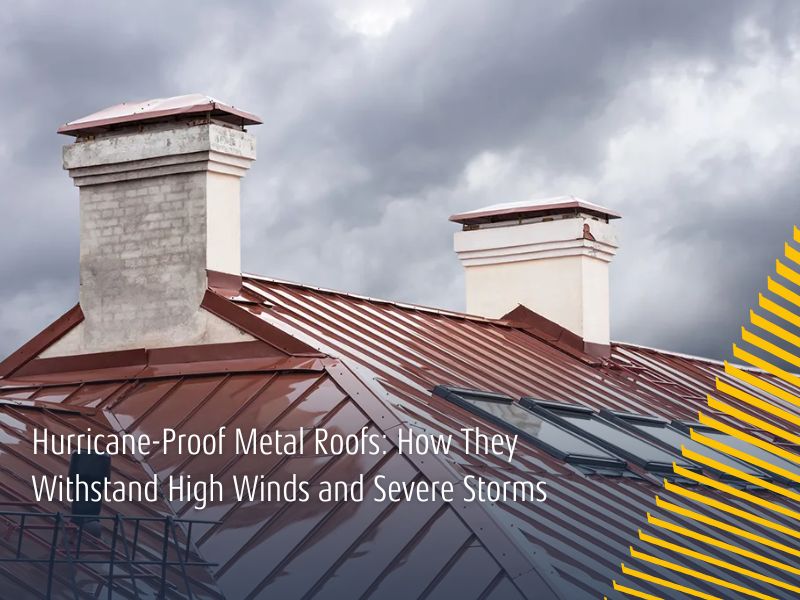Architectural shingles are thicker, more durable, and last longer, typically 25–30 years, while 3-tab shingles are lighter, have a flat appearance, and last about 15–20 years. Architectural shingles are also more expensive but offer a premium look and better wind resistance.
This guide is essential if you’re planning a roof replacement or building a new roof, especially in climates like Florida, where storm resistance and longevity matter.
When comparing 3-tab shingles vs architectural shingles, the decision boils down to budget vs performance. If you need reliable, long-lasting roofing, go architectural. If cost is a major concern, 3-tab shingles may still do the job, just not for as long.
What Are 3-Tab Shingles?
3-tab shingles are a traditional and economical asphalt roofing material. As the name suggests, each shingle strip is divided into three tabs of equal size and shape, creating a uniform, flat appearance across the roof.Key features:
- Lightweight construction
- Made of asphalt and granules
- One layer per shingle strip
- Standard 3-tab design offers a minimalist, clean look
What Are Architectural Shingles?
Architectural shingles, also known as dimensional or laminated shingles, are a modern upgrade from the traditional 3-tab design. These asphalt shingles are designed to offer better durability, wind resistance, and style.Defining features:
- Multi-layered construction
- Heavier than 3-tab shingles
- Mimic high-end roofing materials like cedar or slate
- Add depth and dimension to your roof shingle layout
3-Tab vs Architectural Shingles: What’s the Key Difference?
Let’s break down the difference between 3-tab shingles and architectural shingles into practical terms. Though both are types of asphalt shingles, their build, performance, and aesthetics vary significantly.| Feature | 3-Tab Shingles | Architectural Shingles |
| Appearance | Flat, uniform look | Textured, dimensional design |
| Layers | Single layer | Multi-layer laminated |
| Lifespan | 15–20 years | 25–30+ years |
| Wind Resistance | Up to 60 mph | Up to 130 mph |
| Cost | Budget-friendly | More expensive than 3-tab shingles |
| Weight | Lightweight | Heavier than 3-tab shingles |
| Warranty | Shorter warranties | Longer warranties |
| Best For | Budget projects, rentals | Homes needing style and durability |
Durability and Lifespan: Which One Lasts Longer?
In terms of lifespan, architectural shingles are better. Thanks to their thicker, laminated design, they resist wind, rain, and UV damage more effectively than 3-tab shingles, which are thinner and more prone to curling or cracking.- Architectural shingles typically last 25 to 30+ years
- 3-tab shingles generally last around 15 to 20 years
Cost Breakdown: Are Architectural Shingles More Expensive?
Absolutely. Architectural shingles are more expensive than 3-tab shingles—but they also provide better value. The average cost of a 3-tab shingle roof will cost less per square foot than an architectural roof. Here’s a rough estimate:- 3-tab shingles: $90–$120 per square (100 sq. ft.)
- Architectural shingles: $120–$160 per square
Design & Appearance: Flat vs Dimensional Look
The aesthetic difference between 3-tab and architectural shingles is instantly noticeable from the curb. If you’re going for visual appeal, architectural shingles win, hands down. 3-tab shingles are flat, simple, and uniform in appearance. Their single tab shape and size create a very consistent pattern across the roof, which looks clean but also somewhat basic. This design is functional and neat but doesn’t do much to enhance a home’s curb appeal. On the flip side, architectural shingles come in varied shapes, thicknesses, and color blends. They’re often referred to as dimensional shingles or laminated shingles because they create a layered, textured effect. This design can mimic more expensive roofing materials like wood shakes or slate, offering a richer and more luxurious look. Another key design difference is how they age. 3-tab shingles typically start to curl, discolor, or lose granules earlier, which makes them look worn down faster. In contrast, architectural shingles generally hold their color and shape better over time, maintaining a sharper appearance for longer. So, if you’re concerned about your home’s resale value or aesthetics, architectural is clearly the better choice. Architectural shingles are available in a wide range of colors and patterns, while 3-tab shingles in various colors exist but lack the depth and contrast.Installation Process: Which Shingle Type Is Easier to Work With?
When it comes to installation, 3-tab shingles are easier to install because of their uniform, lightweight design. Roofing crews can lay them down more quickly and with less complexity, which can also reduce labor costs. They are lighter than architectural shingles, which means less strain on workers and possibly on the roof structure itself, although most roofs today can easily support both types. However, the simplicity of installing 3-tab shingles comes at a cost. Their flat design makes them more vulnerable to wind uplift, and improper installation can reduce their already shorter lifespan. Architectural shingles, on the other hand, require more precision. Due to their multi-layered construction, it takes more time to align them correctly and ensure consistent thickness and texture across the roof. But the added installation effort is worth it, because the result is a stronger, more secure shingle roof.Performance in Harsh Weather: Which Shingles Are Stronger?
If you live in a climate with high winds, heavy rain, or frequent storms, like Florida, architectural shingles are better. They are heavier, thicker, and rated for wind speeds up to 130 mph. That’s a significant upgrade over the 60 mph rating of most 3-tab shingles. The difference between three-tab and architectural shingles in weather performance isn’t just theoretical, it shows up in real-world scenarios. Architectural shingles are also more resistant to hail damage, UV degradation, and thermal cracking. 3-tab shingles are composed of a single layer, so they’re more likely to blow off or tear under intense weather conditions. Since three-tab shingles have a shorter life, they also deteriorate faster when exposed to the elements. Additionally, architectural shingles typically come with better warranties and ratings for fire and impact resistance, making them ideal for regions with extreme weather patterns. For roofing needs in high-risk areas, especially in coastal zones or hurricane belts, choosing architectural shingles could mean the difference between minimal damage and a full roof replacement.Which Type of Shingle Is Best for Florida Homes?
Living in Florida introduces some unique roofing challenges: hurricanes, heavy rains, and high humidity. When choosing between 3-tab shingles or architectural shingles, it’s important to factor in local climate, building codes, and insurance requirements. Most roofing companies in Florida, including SmartPro, recommend architectural shingles because:- They meet stricter wind-resistance codes
- They last longer than 3-tab shingles in harsh weather
- They offer better protection against humidity and UV



